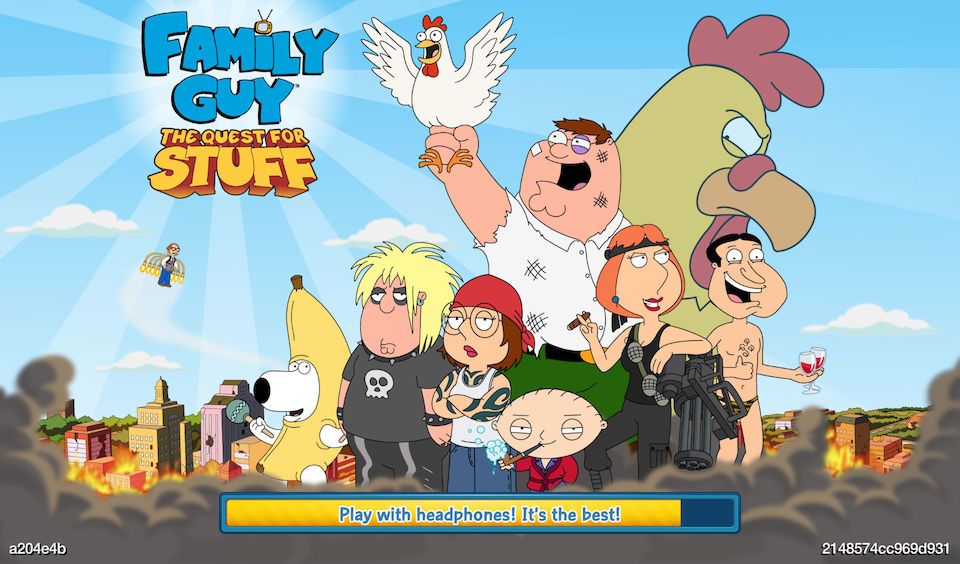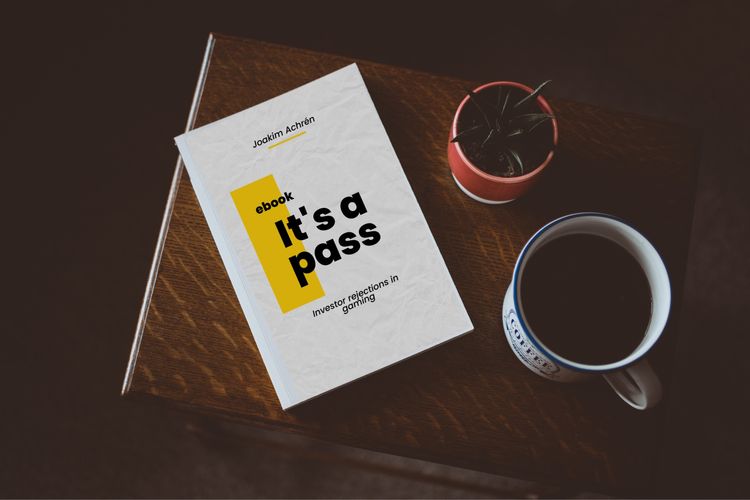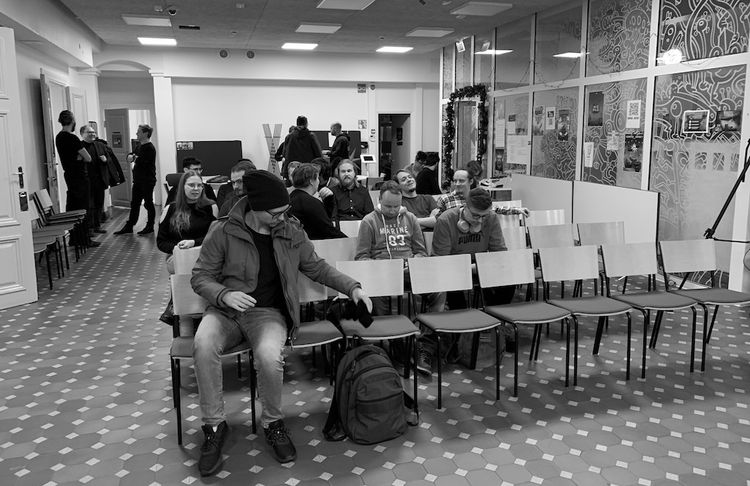EGD News #86 — Startup lessons learned

It’s Joakim here. Greetings from Helsinki!
To continue celebrating my podcast’s 2nd anniversary, here’s a list of the most listened to solo episodes, where it’s just me talking about a topic that is of interest to me.
1. How To Minimize Risks In Games Business — In May 2020, I did a webinar with the Aalto University on the topic of How To Minimize Risks In the Games Business, especially when you are trying to get a startup off the ground. We have the accompanying slides on our website, which you can find by going here.
2. How To Get Investor Money For Gaming Startup — “Never start raising until you can justify a $1 million valuation. Otherwise, you’re going to be ending up giving out too much for too little. I’ve seen this happen so many times when people are raising 50k here, 50k there, 100k here. And they end up like giving out chunks of their company constantly. They are raising, but they can’t justify a high enough valuation when they still don’t have proof on a higher valuation.”
3. Inside the Gaming VCs brain — Have you ever wanted to know what gaming VCs think? In this recording from March 2020, we find out how investors are reading the founder, how they make decisions, and how a VC will relate to the founder’s situation. Full transcript available, check it out.
More celebrations will happen in the following newsletter! 🎉
Besides all the celebratory activity, here’s a quick content update: This week I’ve been recording my second Ask Me Anything episode, which will go live soon. If you have questions that you’d like to ask me about starting a game studio, developing games, and getting funding for a game studio, you can submit your question by going here.
In the meantime, you can listen to my previous Ask Me Anything episode or read the transcript by going here.
Now, onto the news.
😊 Jyri Engeström on board meetings
Last week, Jyri Engeström, an investor in Dapper Labs (NBA Top Shots) and founder of Finnish startup Jaiku (acquired by Google in 2007), wrote about his experiences on the evolution of board meetings.
Jyri wrote this thread of tweets in Finnish. I decided to translate them into English so that all you non-Finnish readers could also benefit from Jyri’s wisdom.
If you want to read it in Finnish, go here. Otherwise, here’s Jyri’s Tweetstorm in English:
As an investor, I get to see a lot of boards of both small and bigger startups. The board meetings have been improving a lot in recent years. Here are the significant changes that have been happening.
A couple of years ago, the CEO would still be sending out the slides a day before the board meeting, and then those slides would be processed during the meeting. Things are different today. The CEO still sends the material, but he does it several days beforehand, with the topic of “board pre-read.”
Previously, the deck was sent as a PDF. Now it’s a Google Slides link, and the board members are expected to leave comments and questions onto the slides a few days before the board meeting happens. The CEO and their team will then have time to respond inside the comments even though the topics would be discussed in the meeting.
Deck usually contains these things 1. Company values, 2. Growth (budgeted, estimated for Year, actuals until now), 3. Quarter objectives and how they panned out, 4. Marketing, 5. Customer satisfaction, 6. Year and quarter objectives, 7. Cash balance estimate, 8. Product roadmap, 9. Staff options
The meetings usually start with a round sharing. Here each board member tells something personal from their life to the rest of the group. This was unheard of before, but now it’s gotten very personal and vulnerable, which is great.
Since the reporting has been done beforehand and people have had the chance to ask their questions before the meeting, the board meeting can be more about a lively discussion. Here’s an agenda from one board meeting:

Some startups add a segment to the board meeting to invite staff members, advisors, investors, and other experts to the meetings to participate in the discussions.
In the end, there’s usually a few minutes where the participants will send their written feedback to the CEO on how the meeting when and what improvement ideas they could have.
It might sound simple, but this format has revolutionized some boards that I attend. You’re even waiting impatiently for the next meeting since they are so good and productive with this format.
I’ll add that in the 2020s, I haven’t been to a single live board meeting, and I think there’ll be even fewer live meetings in the future. As I look at my calendar, each board meeting has a Zoom link on them 😊
Thanks Jyri, if you are reading this, for sharing your thoughts on board meetings! I’ve previously shared board meeting templates on EGD, you can get them by going here.
🎙 Andrew Green on startup lessons learned
In this week’s podcast episode, I’m talking with Andrew Green, who is the SVP of Operations and Growth at Stillfront Group. Andrew has been in gaming for twenty years, has founded two companies, and has worked for other gaming companies including Take-Two, EA, and TinyCo. He then did a two-year stint at Andreessen Horowitz, before then joining Stillfront. We’ll now talk with Andrew about his journey in gaming and startups and what lessons he’s learned.
Here are my highlights from the discussion with Andrew.
What was hard about growing TinyCo?
TinyCo came of age in a time of cheap users. It was easy when game systems [didn’t need] to be too complex. And if the number of features in games didn’t have to be too crazy, everything could be just simple, economically focused features driven by people who didn’t even love games at the time. We’re talking like, 2012 and 2013.
But once the economics changed, first the incentivized installs went away, and then you had the App Store algorithms changing. Then CPI increased, and you’d have to create more elegant designs, and at TinyCo, at the time, we didn’t have that talent.
We had to look hard at that reality, and blow up the studio and start over. It was the hardest thing that I’ve ever been a part of. We’re laying off like 100 people.
We planned to rebuild around the stuff that we’re good at:
- We had great art and animation,
- We had simple systems that we can deepen by leveraging the experience that we built in events,
- We leveraged an enormous IP to grow the game
- We had good narrative and creative at the studio.

Then we got [Family Guy] to launch. And we had terrible featuring, but we marketed the crap out of the game. And it was the right IP, and it just exploded, and we started doing like 1.5 million a day, like, instantly and turned the whole company around.
What do you think about the Supercell model of having the best people in the teams, and the teams get independence to figure out the games and you get out the way? Is it an efficient model?
I love Supercell. They are smart in that they take time, they stay efficient, and they kill things relentlessly. I think that they have created the most efficient model for a difficult business. The amazing thing about games is when you get a hit, you can take it for a major ride, and get a lot of efficiency out of it. But, if you’re the person who wants an efficient business and economics, games are gonna drive you nuts.
Listen to the full episode by going here.
This newsletter is sponsored by Favro
📃 Articles worth reading
+ Royal Match – The New King from Turkey? — “Royal Match is a perfect example of finding success through improvements – not step-change innovation – cherry-picking the strongest mechanics from the best games to create a new top game. Start with the speed, fluidity, and palette of Toon Blast, mix with the level diversity, power-ups and tap-to-activate from Homescapes, sift out some minor frustration, and voila! You have Royal Match.”
+ The Pygmalion Effect: Proving Them Right — “Many people believe that their pets are of unusual intelligence and can understand everything they say, often with stories of abnormal behavior to back it up. In the late 19th century, one man made such a claim about his horse—and appeared to have evidence to prove it to anyone.”
+ Scott Reismanis: The Past, Present, and Future of Modding — “I think we’re going to see the next iteration now, where modding goes full circle. As studios adopt better strategies for UGC and mods, it’s going to encourage players who were creating standalone games to return to UGC, because the rewards will be there.”
+ 2020 Annual Letter from Social Capital — “Our process believes, above everything, in the need to think from first principles. Without it, thinking is usually superficial, short term or reductive. This kind of thinking can work in moments but isn’t useful enough to be reliable over long periods of time. Sustained success, instead, comes from continuous first principles thinking where you strip things down to the studs and rebuild the logic from scratch – questioning everything. A process like this is inherently risky: to your capital, to your time and to your convictions.”
💬 Quote that I’ve been thinking about
“People need to be reminded more often than they need to be instructed.” — Samuel Johnson
This newsletter is sponsored by Opera Event
Looking for some great new authentic video creative? Try something totally new with Influencer Generated Content (IGC) by Opera Event. Influencers or actors will make specific creative content for your games and Opera Event will deliver you high-quality video ads that highlight the best parts of your game.
Note! You get a free video with the purchase of 4 or more videos. Remember to say that Elite Game Developers sent you!
Go to www.getigc.com to see some examples and get more information.
If you’re enjoying EGD News, I’d love it if you shared it with a friend or two. You can send them here to sign up. I try to make it one of the best emails you get each week, and I hope you’re enjoying it.
I hope you have a great weekend!
Joakim






